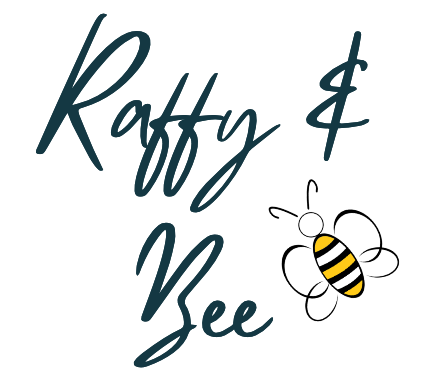Waste Knot, Want Knot: The Eco-Friendly Ethics of Knitting Without Needles
We all know that we need to be more conscious about our impact on the environment and think of ways to reduce waste and improve our carbon footprint.
As a result we are constantly searching for ways to become more eco-friendly in our approaches to the way we live.
This has led many crafters to consider the sustainability of their hobbies, including knitting.
Knitting is a beloved pastime that can be both relaxing and productive, but is it eco-friendly?
Some knitters have turned to no needles knitting as a potential solution. This technique involves using a loom or other tool that doesn’t require traditional knitting needles.
But is this really a sustainable and eco-friendly craft?
In this blog post, we’ll explore the environmental impact of traditional knitting compared to no needles knitting. We’ll examine:
- The materials used
- The manufacturing process, and
- The end product to determine which method is the most sustainable.
Let’s dive in!
An eco-conscious alternative to traditional knitting
Many no-needles knitting knitters argue that it is a more sustainable and eco-conscious alternative to traditional knitting. No needles knitting techniques use less material and generate less waste.
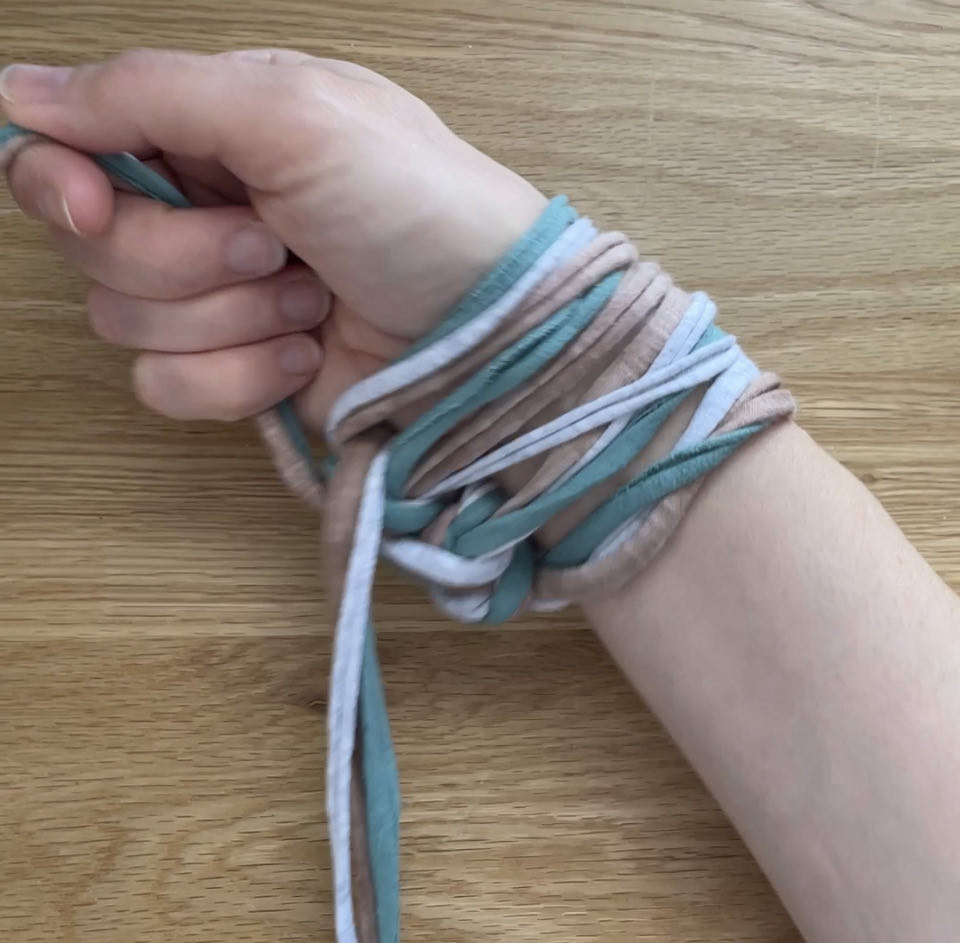
Additionally, many no needles knitting tools are made from recycled or sustainable materials, such as bamboo, wood, or recycled plastic.
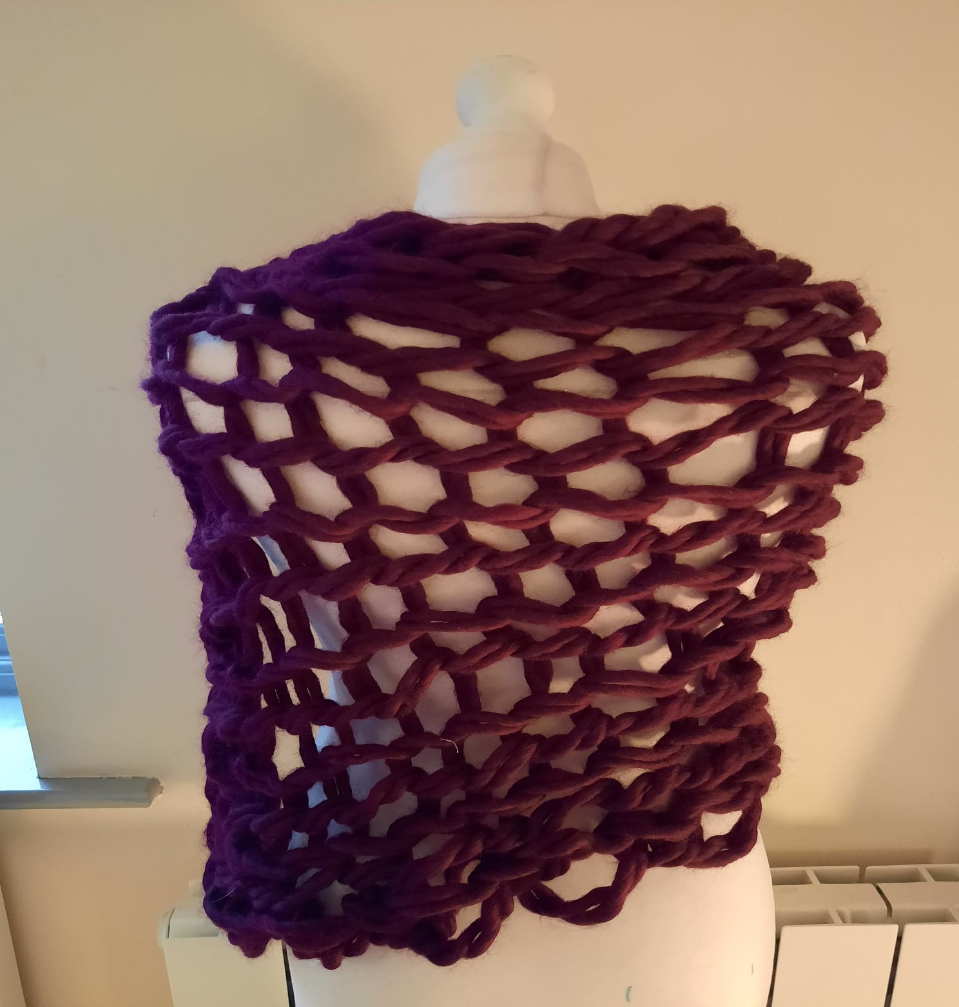
Reduces plastic waste from needles
No needles knitting techniques have been gaining popularity in recent years, in part due to their potential as a sustainable and eco-friendly craft.
One of the major benefits it offers is the reduction of plastic waste from needles.
Traditional knitting often involves the use of plastic needles, which can contribute to the accumulation of plastic waste in the environment. In contrast, many no needles knitting techniques use no plastic, or eco-friendly tools.
Arm knitting and finger knitting eliminate the need for any plastic needles. I use a wooden knitting nancy which is again sustainable. My circular knitting machines are plastic, but are good brands. If these tools are chosen wisely and are a good solid tool, they will last many years without needing to be replaced.
This means that crafters can create beautiful and functional knit items without contributing to plastic waste.
Additionally, these techniques can be easily learned and practiced by people of all ages. This then makes them accessible to a wider audience and potentially encouraging more people to engage in eco-friendly crafting practices. The kids of today are our future, and it is great that they can learn about this.
Sustainable sourcing of yarn
The sustainable sourcing of yarn is a crucial aspect of making no needles knitting a sustainable and eco-friendly craft.
The production of yarn involves the use of natural resources, such as water and energy. This is a significant impact on the planet.

As a result, it is important to choose yarn that has been sustainably sourced and produced. This can involve using yarn made from recycled materials or yarn that has been produced using environmentally friendly methods. I use both of these in my creations. There is information on my yarns here.
Additionally, it is important to consider the social impact of the production of the yarn. Examples are ensuring fair labour practices and the ethical treatment of animals.
By prioritising sustainable sourcing of yarn, no needles knitting can be a more environmentally and socially responsible craft.
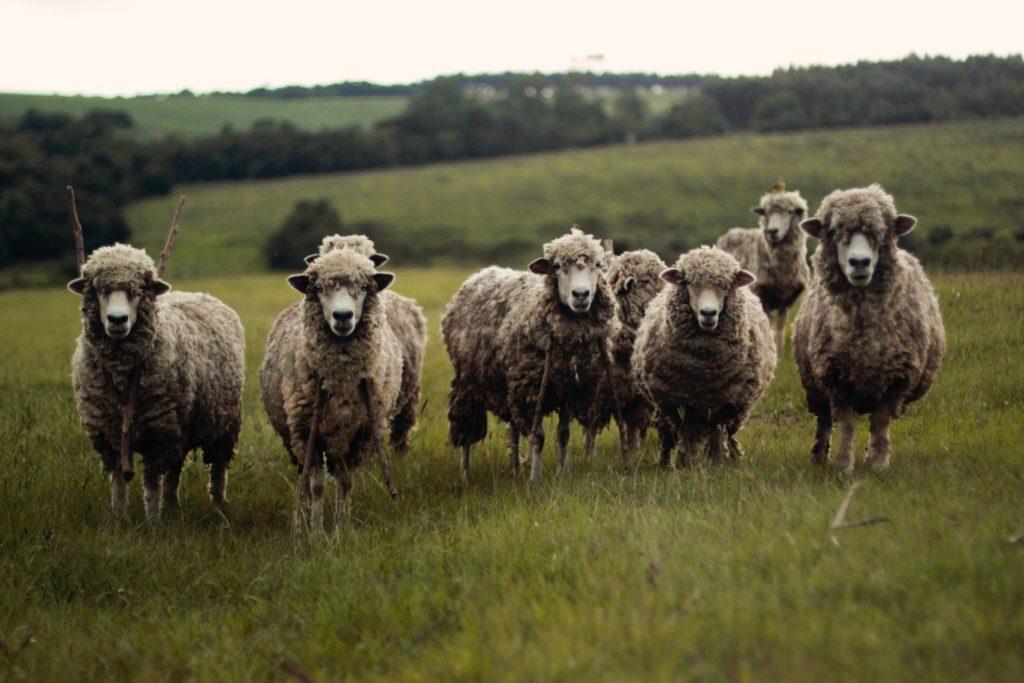
Less energy usage in production
The use of less energy in production is a crucial factor in determining the sustainability and eco-friendliness of any craft.
Concerns regarding the depletion of natural resources and the impact of energy consumption on the environment have led to a growing interest in sustainable production methods.
No needles knitting techniques have gained popularity as sustainable and eco-friendly alternatives to traditional knitting methods, especially finger and arm knitting. With no need for needles or machinery, no needles knitting significantly reduces energy consumption in the production process.
This makes it an ideal option for those looking to reduce their carbon footprint and adopt environmentally responsible practices. By minimising energy usage in production, no needles knitting helps to promote sustainable and eco-friendly crafting practices.
Longevity of no needles knitting creations, and less waste to go to landfill
No needles knitting aligns well with the DIY (Do It Yourself) movement and encourages a mindful approach to crafting.
Crafters often develop a greater appreciation for hand crafted items and the time and effort it takes to create them. This appreciation can lead to a more sustainable mindset overall, encouraging individuals to consume less and value quality over quantity.
Hand crafted items, whether created through traditional or no needles knitting, tend to have greater longevity than mass-produced products.
When you make something with your own hands, you’re more likely to cherish and care for it, reducing the need for replacements and contributing to a more sustainable lifestyle.
By engaging in no needles knitting and creating their own clothing and accessories, crafters reduce their reliance on mass-produced, often environmentally detrimental, textiles. This can help combat the fast fashion industry, which contributes significantly to pollution and waste. I have my own online gift shop where I sell the creations I have made. This little thing helps people to find gift ideas that are unique, sustainable, and that little bit different.
Minimal material waste
Loom knitting and finger knitting can be more material-efficient because they often require less yarn and can produce items with less scrap or leftover yarn compared to traditional knitting with needles.
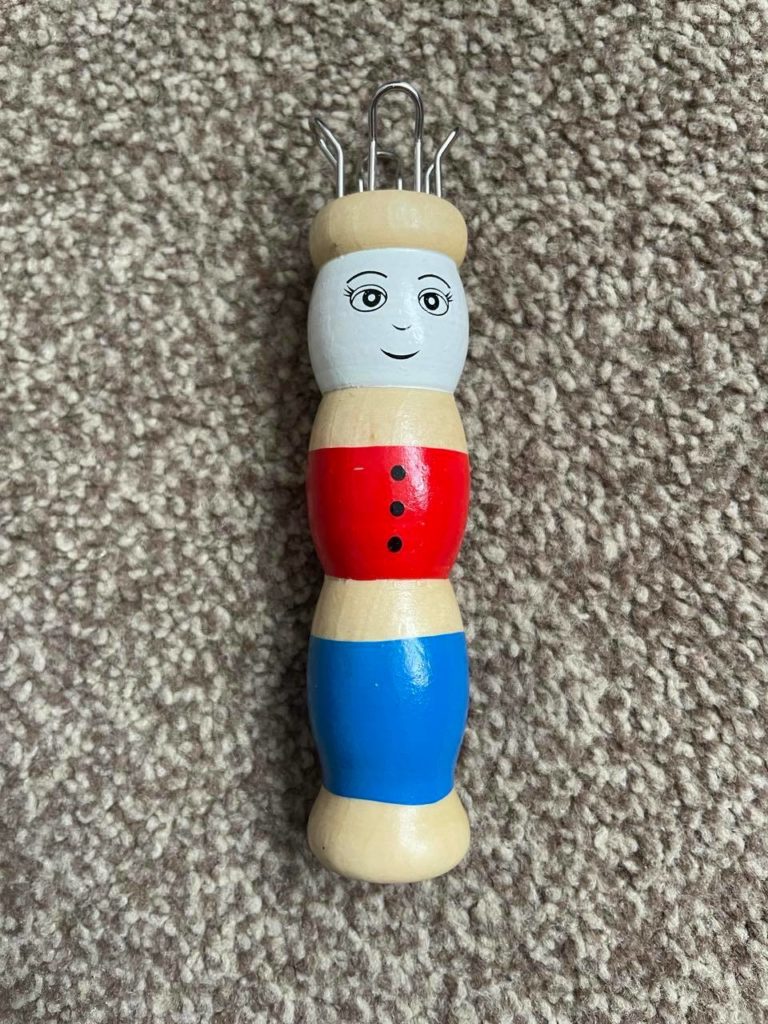
This method allows for more efficient yarn usage, as there is no need to worry about accidentally dropping stitches or making mistakes that result in discarded yarn.
Additionally, no needle knitting projects often use up leftover yarn scraps, making it an excellent way to reduce yarn waste. You can create beautiful and functional items like scarves, hats, and blankets by combining different yarn colours and textures, breathing new life into what might have otherwise been discarded.
Skill level
No needles knitting techniques such as loom knitting, arm knitting and finger knitting can be easier for beginners. This may therefore reduce the likelihood of making mistakes and having to unravel and waste yarn.
I have created a few How To PDF’s in my Etsy store to help people learn these amazing technques. Head here to take a look.
Let’s sum up
No needles knitting is a craft that holds promise for those looking to adopt a more sustainable and eco-friendly lifestyle. Its minimal material waste, versatility in material choice, energy efficiency, and promotion of a DIY mindset all contribute to its eco-conscious appeal.
By embracing this craft, individuals can reduce their environmental impact while creating beautiful, handcrafted items that reflect their values and creativity.
As we continue to seek ways to live more sustainably, no-needle knitting stands out as a craft that aligns with our eco-friendly goals.
Further research is needed to fully assess the sustainability and environmental impact of no needles knitting. But it is clear that it offers a promising alternative to traditional knitting for those seeking to reduce their environmental footprint.
No needles knitting is definitely a step in the right direction towards reducing our impact on the planet.
So, pick up your loom or spool, or cast on onto your fingers or arms, and start knitting your way to a greener future, one stitch at a time.
Find out more about my knitting without needles journey here.
